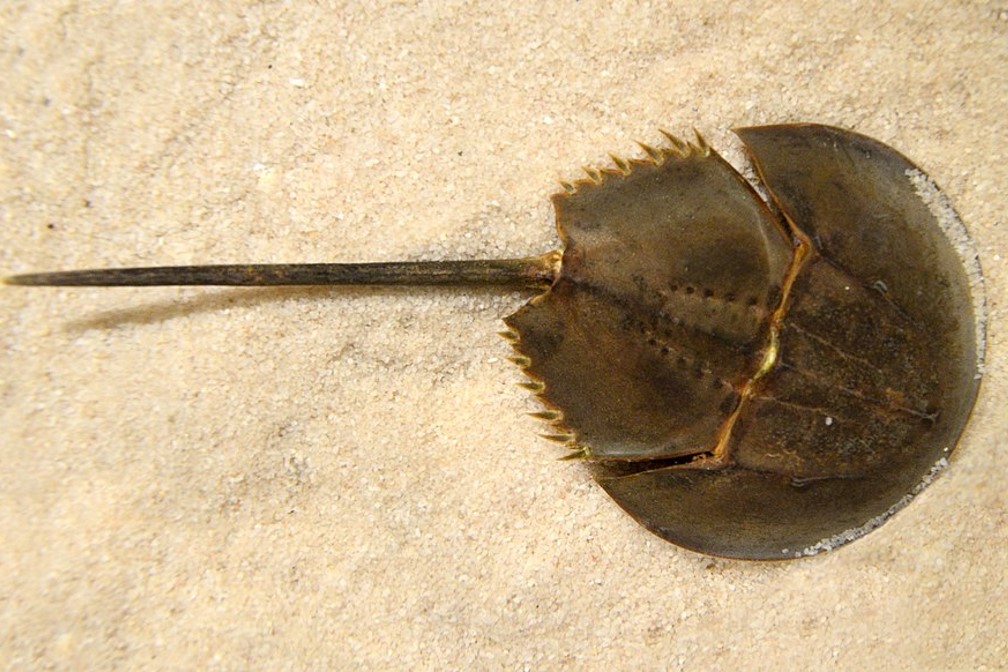Animal-derived research reagents

According to the RSPCA, more than 100 million live animals, mostly mice, rats, fish and birds, are used in scientific research procedures each year. Although this is modest compared to the huge number of animals killed globally for food, which includes 50 billion chickens and 1.4 billion pigs, there is a strong drive to reduce the number of animals used in research. As well as experimentation on live animals, animal-derived materials (ADMs) are used to maintain cells cultured in-vitro.
ADMs provide essential factors that is required for the growth and maintenance of cells, and, in some cases, for assays. Widely used ADMs include:
Gelatin – Produced by the partial hydrolysis of collagen in the bones, cartilage and skin of animals. Almost half of gelatin used is porcine in origin. Gelatin is widely used in foods as well as in research. Gelatin provides a coating on the surface of dishes for the 2D culture of cells. It can also provide 3D support.
Collagen- This is the chief component of extracellular matrix and makes up 25-35% of all proteins in the human body. There are five types of collagen and these can be extracted from a variety of sources including rat tails and cow skin for use in research. Collagen can also be purified from cells grown in culture, but this tends to be more expensive. Collagen is used for coating of dishes for 2D culture and is also used to generate 3D matrices for 3D culture.
Blood serum – Serum is harvested from a variety of animals including horses and, more commonly, cows. Serum is useful as it contains a wide variety of hormones, growth factors and other proteins which are essential for the culture of many (but not all) cell types. Cells which require serum for culture are known as serum-dependent. The most commonly used serum is foetal bovine serum (FBS), sometimes called foetal calf serum (FCS). FBS is collected by puncturing the beating hearts of unborn foetuses extracted from cows at slaughterhouses. It is estimated that serum is collected from more than 200 million calf foetuses each year. Product variability and pathogen contamination remains a hazard of working with FBS. New Zealand origin FBS is particularly expensive because the country kept out BSE (mad cow diseases) in the 1990s. The high value of New Zealand origin FBS compared to other origin FBS has led to fraudulent practices including fake origin certification.
Matrigel™ - This is manufactured by generating Engelbreth-Holm-Swarm sarcomas in mice and then processing these sarcomas to generate a transparent hydrogel which is rich in extracellular matrix components. Unlike many animal-derived components used in research, Matrigel (also marketed as Geltrex™) may be viewed as particularly problematic because it is not a by-product of food production. Although widely used in culture, Matrigel suffers from significant inter and intra-batch variability which can impact performance and complicate experimental interpretation.
Enzymes - a number of enzymes used in cell culture are purified from animals. For example superoxide dismutase (SOD) a group of enzymes that catalyze the dismutation of superoxide radicals is most economically produced from bovine erythrocytes.
Litmus amebocyte lysate (LAL) - - a component of blood harvested from horseshoe crabs. In the presence of endotoxins (toxic products from bacteria), the LAL clots. Therefore, LAL provides a simple assay to screen for products contaminated with endotoxins. It is estimated that 70 million endotoxin tests are performed annually on a whole range of products destined for medicinal use and the market is worth $1Bn.
In next week’s article, we will discuss alternatives to ADMs and the efforts being made to phase out ADMs completely.
IMAGE: Carcinoscorpius rotundicauda mangrove horseshoe crab
Learn more about powerful technologies that are enabling research:



